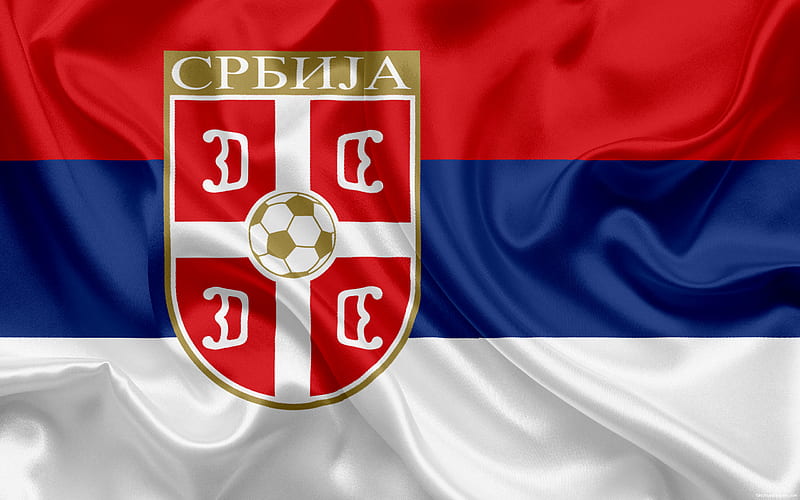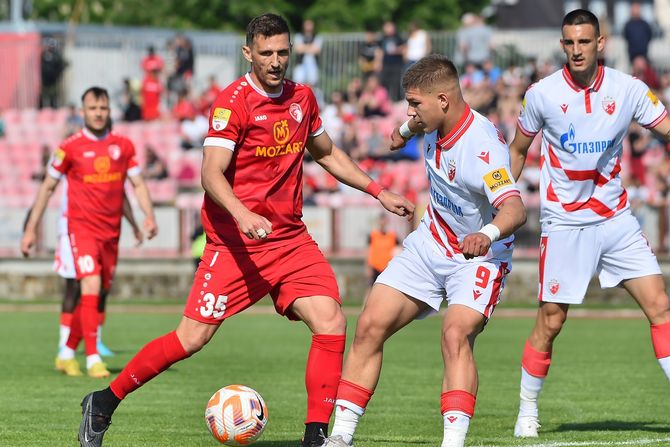
Serbia FC
Beyond the pitch, Serbia FC has exerted a profound cultural influence, both within Serbia and abroad. Its story transcends sport, touching on issues of identity, diaspora connections, and international perception.
Serbia FC of National Pride
For many Serbians, Serbia FC represents far more than a football club—it embodies national resilience, cultural continuity, and collective aspiration. The club’s highs and lows mirror the nation’s own journey through turbulent historical periods https://keonhacai5.food/.
Supporters often see their loyalty as an expression of patriotism, celebrating victories as national triumphs and enduring defeats with communal solidarity. This emotional bond strengthens the club’s place in Serbian culture.
Public celebrations, songs, and rituals associated with Serbia FC fuse sporting passion with cultural identity, making matchdays quasi-national holidays for fans. The club serves as a living repository of shared memories and hopes.
Personally, I find this deep connection fascinating—it highlights how sport can function as a vessel for cultural transmission, preserving heritage while inspiring unity in modern contexts.
Diaspora Connections and Identity
The global Serbian diaspora maintains a strong emotional link with Serbia FC, using it as a bridge back to their homeland. Supporter groups across continents organize watch parties, fundraisers, and cultural events centered around the club.
For many expatriates, cheering for Serbia FC provides a sense of belonging amid foreign environments. It helps preserve language, traditions, and cultural pride across generations born outside Serbia.
This transnational support base has expanded the club’s influence, turning it into a symbol of Serbian identity worldwide. The digital age further facilitates these connections, enabling real-time engagement from afar.
Such dynamics illustrate how football transcends geography, becoming a portable piece of home and a focal point for diasporic identities—a testament to Serbia FC’s enduring relevance beyond borders.
International Competitions and Exposure
Participation in European tournaments and other international competitions has significantly elevated Serbia FC’s profile. These platforms expose the club to broader audiences, enhancing prestige and marketability.
Strong performances on the continental stage validate the quality of Serbian football, attracting scouts, investors, and fans from different backgrounds. They also provide valuable experience for players and coaching staff.
Media coverage and merchandising tied to these events increase revenue streams, facilitating further growth and modernization. As a result, Serbia FC’s brand now enjoys recognition far beyond Eastern Europe.
My perspective is that this global exposure reinforces the club’s dual mission: showcasing national talent while engaging in cross-cultural dialogues through sport. It positions Serbia FC as both a guardian of tradition and a modern ambassador for Serbian excellence.
Conclusion
In exploring the legacy of Serbia FC, we uncover a story rich in cultural significance, sporting achievement, and communal pride. From humble beginnings amid socio-political upheaval to becoming a pillar of Serbian football and a beacon for diaspora communities worldwide, the club’s journey reflects the enduring power of sport to unite, inspire, and elevate.
Its influence on player development, tactical innovation, and national identity demonstrates that Serbia FC is much more than a football club—it’s a living embodiment of Serbian resilience and ambition. The iconic players and unforgettable moments weave a narrative that transcends mere statistics, offering lessons in perseverance and unity.
Looking ahead, the club’s continued evolution promises to enrich not only its own history but also the broader tapestry of global football. As both a custodian of tradition and a driver of progress, Serbia FC remains an enduring symbol of passion, pride, and the transformative potential of the beautiful game.



